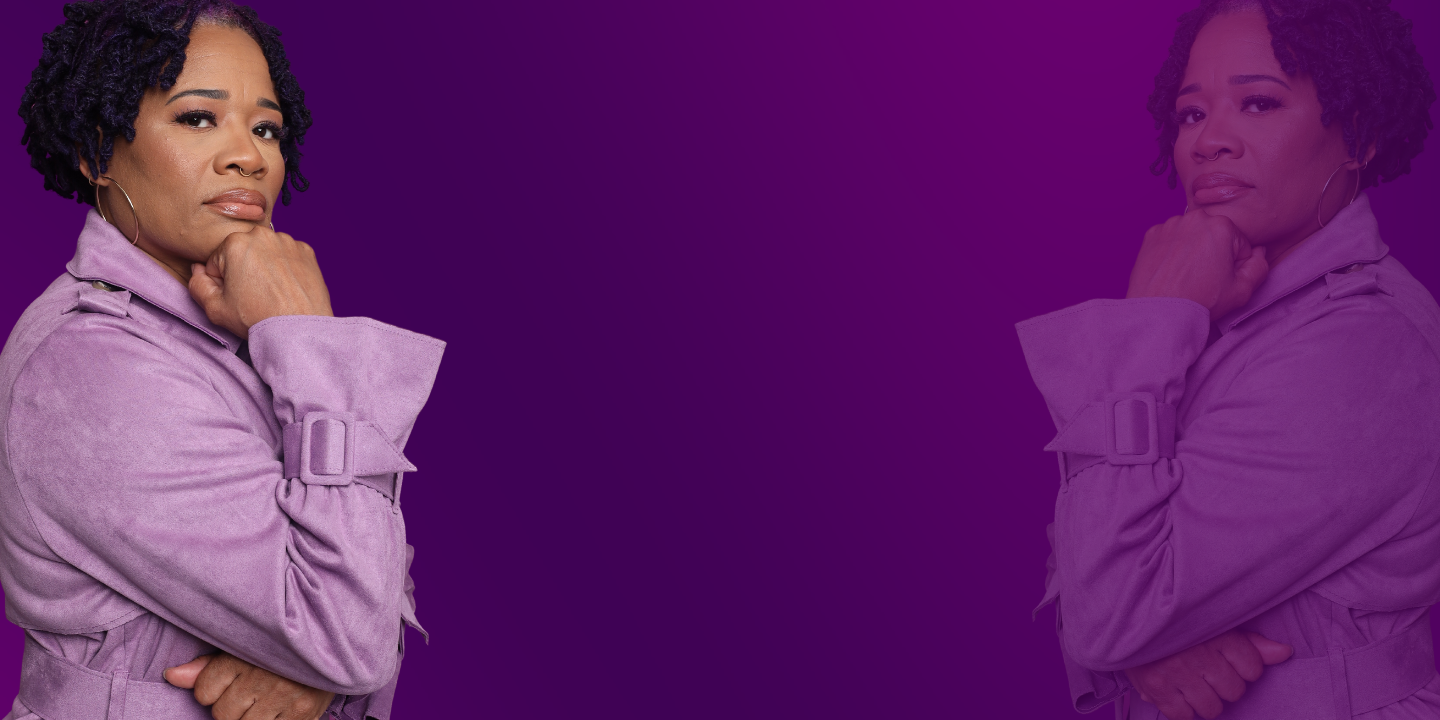Deep Roots: A Journey Through the Ancient Origins of Locs
- Stephanie Nightingale
- May 23
- 2 min read
When we think of locks/locs (often popularly known as "dreadlocks"), the image that frequently comes to mind is the Rastafari movement and reggae music. While this connection is undeniable and culturally rich, the truth is, the origin of this fascinating hairstyle is much, much older, extending across civilizations throughout the world.
Far from being a modern phenomenon, locs have adorned human heads for millennia, serving not only as an aesthetic choice but also as a powerful symbol of identity, social status, and connection to nature in diverse ancient cultures.
Ancient Footprints Across Eras
Imagine for a moment the vast expanses of history. Archaeologists and anthropologists have found evidence of naturally matted or styled locs in various parts of the globe:
Ancient Egypt: Perhaps some of the most striking evidence comes from Ancient Egypt. Mummies dating back thousands of years have been discovered with their locs intact, demonstrating that this hairstyle was common among pharaohs, nobles, and common people alike. Some mummies even had locs formed from natural hair and extensions.
India: Ascetics and yogis in India, known as Sadhu, have worn their jatas (their version of locs) for thousands of years as a symbol of spiritual dedication, material detachment, and the pursuit of enlightenment.
Pre-Columbian Civilizations: In the Americas, remains of individuals with locs have been found in ancient South American cultures, such as the Nazca culture in Peru. This suggests the hairstyle was part of their customs and possibly held ritualistic or social meanings.
African Tribes: Throughout African history, numerous tribes and ethnic groups have sported locs. In some Maasai cultures, for instance, warriors or elders wore them as a sign of strength and wisdom. In others, they were a rite of passage or a marker of tribal identity.
Ancient Greece and Rome: Though not as dominant, there are indications and artistic representations that suggest the existence of loc-like hairstyles on some figures.
Celts and Vikings: It's believed that some Celtic and Viking warriors also wore naturally matted or "dreaded" hair, possibly as a form of intimidation or for practicality in battle.

Beyond Aesthetics: A Cultural Link

What's fascinating about locs isn't just their global presence, but also the depth of their meaning. For many of these ancient civilizations, hair was sacred – an extension of the soul and a conduit for spiritual energy. Allowing hair to naturally mat could symbolize:
Identity and Belonging: A visible marker of affiliation to a group, tribe, or belief system.
Wisdom and Experience: Long, mature hair was often associated with age and knowledge.
Connection to Nature: Reflecting a more free or untamed state, in harmony with the natural environment.
A Lasting Legacy
From ancient Egyptian tombs to Indian sages, and from African warriors to modern movements, locs have been a hairstyle of profound significance. Recognizing this rich history allows us to appreciate the diversity and cultural depth this hair style represents, long before its popularization in the contemporary era. It's a testament to how hair can be a canvas for personal and cultural expression across time and space.






Comments